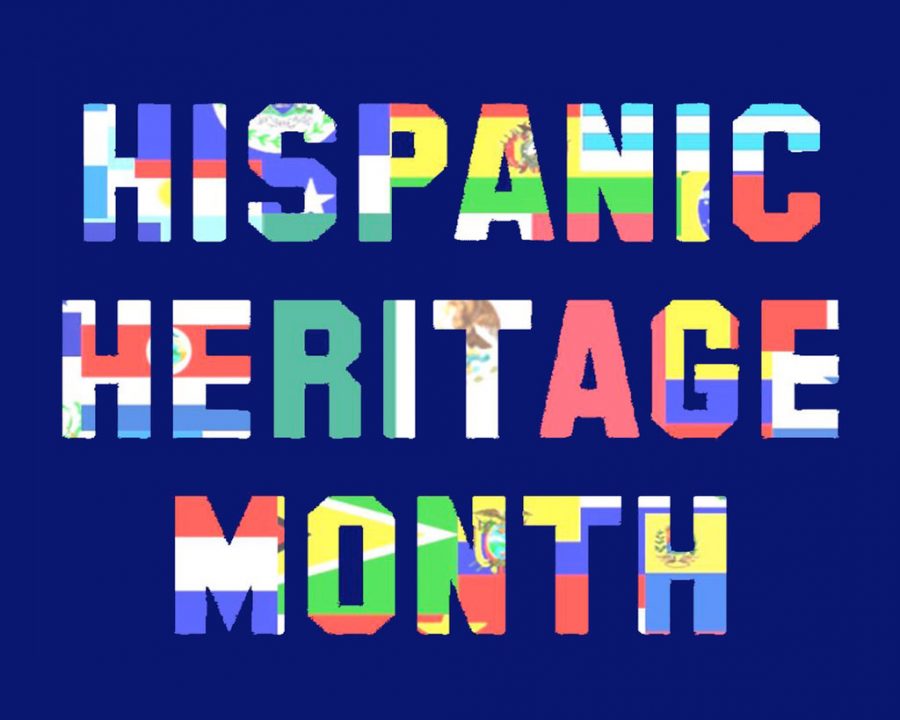Latino Heritage Month at PCS
November 21, 2021
While it may no longer be Hispanic Heritage Month, the Latine community continues to survive at PCS. According to the Santa Cruz Chamber of Commerce, 33.4% of Santa Cruz County is Latine or Hispanic, with most of that population being in Watsonville. At PCS, nestled in the forest near the edge of town opposite them, it is no wonder that our Latine population is diminished.
I spoke with the Diversity Director at PCS, Aliyya Hatcher, about our school, how we could improve the experience for our POC students, and how the Latine community fits into PCS.
Pacific Collegiate School has a tumultuous history with race, being a predominantly white institution. According to Ms. Hatcher, PCS is “learning and growing” and “want[s] to do right by the Latinx and Hispanic community”, and to many students, it is evident that the school tries very hard to have an inclusive, supportive campus culture.
PCS, however, was founded on ideals of academic excellence and exclusivity — providing only the best students with only the best education. According to Alejandra Meza, a Latina student leader and the founder of Students for Equity on Campus (SEC), these ideals are “integral to … the climate” at our school. “I think PCS does a lot of work with diversity and equity in order to make the institution a better place, but in that process they really neglect dealing with issues at hand … that being the campus culture… which is really normalized racism.” she says.
Pacific Collegiate School tries to take charge and be a role model for other schools in Santa Cruz County that work to be more progressive. Our school has faced a lot of criticism from parents and students for its lack of diversity throughout the years, and its recent additions of positions like Ms. Hatcher’s are obvious steps in the right direction. This does not mean that PCS is a perfect school yet, but there is work being done.
Many things are currently in progress in the school, to try to provide support for Latine and POC students. However, with such programs, often entire populations are painted with the same brush. It is PCS’ responsibility to listen to the individual voices of students, and to realize that not each student is treated equally. Oftentimes, Latine students are shown as poor, as lacking resources and supportive parents, and as having huge familial responsibilities outside of school. PCS must acknowledge that this is not always the case, and that each student is different and has a unique situation.
As a charter school, PCS needs a certain quota of students of color to continue receiving funding. However, this can feel isolating, like the only reason someone got in was to up a certain number. Alejandra says that “If it were up to me, I would just ask someone to… sit down with students and say ‘how can I help you?’”. By creating a personal relationship with its students, PCS can fully understand how racism affects the people of color at our school, and get a better idea of how they can help, rather than deciding what they will do without asking those who it will be directly impacting–the students.
The most important part of the school is their curriculum. PCS is considered one of the best schools in California. It is crucial that our school integrates Latine and other POC figures into the curriculum, so that more students can see themselves represented in history. Along with the open celebration of non-western holidays and important times of the year, PCS could be a much more warm, welcoming school where people of color can know that they are appreciated and not just brushed off by the administrators.
Students at PCS are very well-educated, and many courses at the school can be an eye-opener as to how different communities are treated, and the realities of racism in America. Along with the administration, students must work to better themselves, and be more understanding of one another. Latine populations, especially young people, are often disregarded – be it by the media or by institutions of education or medicine (read more at https://tinyurl.com/racial-bias-in-medicine ). Students and faculty at PCS must work together to create a welcoming environment for all people. With the beginning of student-run organizations such as the BIPOC support group and SEC, more outlets for Latine students are being made available so that our voices can be heard.


